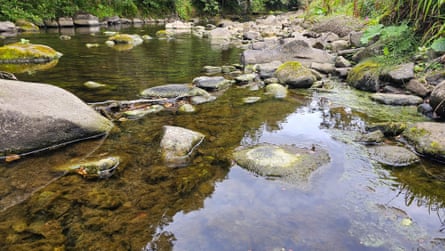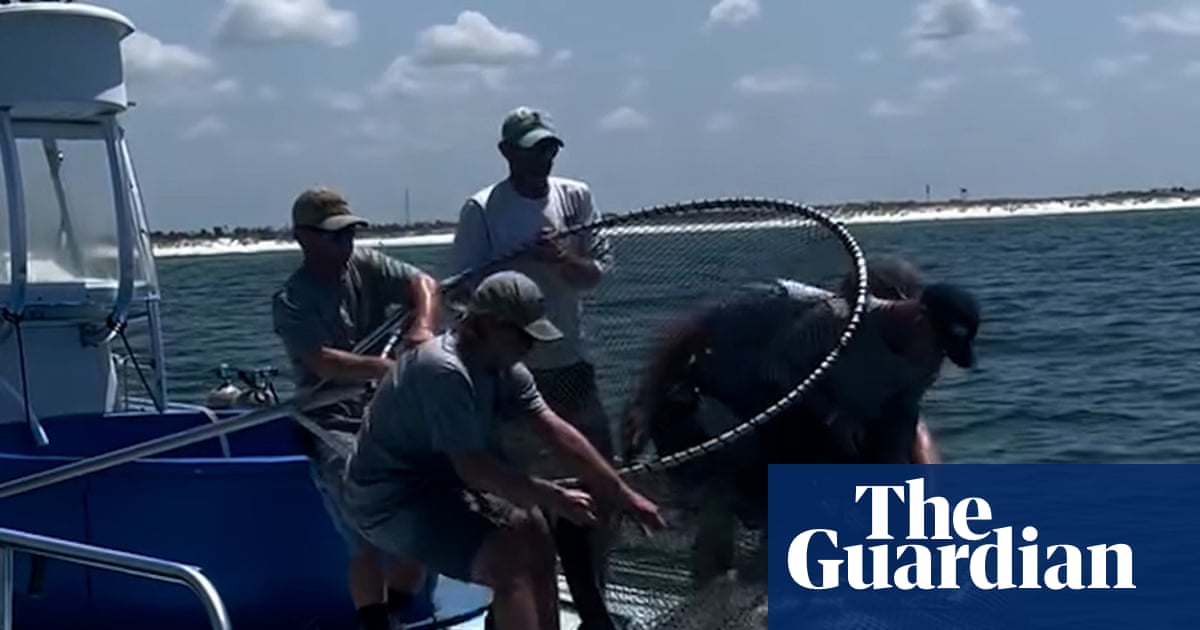PROTECT YOUR DNA WITH QUANTUM TECHNOLOGY
Orgo-Life the new way to the future Advertising by AdpathwaySpotting the sugar pink of Himalayan balsam, I don my wellies to plodge the river and pull up this invasive non-native plant. Though I’ve been watching the water level dropping since spring, it’s a shock to be down here among exposed rocks, their coating of liverworts and mosses crusty and dry. Surprising too, the lack of cold that I normally feel through the neoprene. That I can walk to the other side of the East Allen is a strange experience; were this river to be at flood levels – which it often is – I would be underwater now.
Familiar landmarks are unfamiliar. The large square block of stone where I’ve seen otter spraint is beached, its halfway tidemark showing where water normally laps. Roots are exposed, pools stand stagnant, the river usually coloured by peat from higher up is clear to the bottom. No wonder the herons have been patrolling as sluggish fish try to hide in oxygen‑depleted, shrinking waters.

I explore the burn that runs into the main river. Its usual rush is stilled, and in places it is almost a barranco with just a trickle filtering through. Plants now grow in the middle of the stream: willowherb, buttercup, common hemp-nettle and bittercress. Water mint flowers purple the banks, unperturbed by the lack of moisture, releasing scent as I clamber out.
England has had a summer of four heatwaves and trees are under stress, shedding their leaves prematurely as an act of survival, not from less daylight and cooler temperatures. In this “false autumn” the hawthorns are dropping their berries, woods along the valley are changing colour, the ochre and yellow of alder and birch leaves are clogging pools in the slow moving river. Even if rain comes, it will take a while for the levels to rise again.
Birds and animals rely on food stocks to prepare for winter. Jays squabble over wild raspberries, thrushes devour berries of holly and bramble. Everything is out of sync. This year fruits are smaller and less juicy, nuts dropping too soon, and animals that hibernate will struggle. Insects, mammals, fish, birds, all in the interconnected food chain are affected by a false autumn, my small patch by the river being just one piece of this network.


 1 day ago
14
1 day ago
14





















 English (US) ·
English (US) ·  French (CA) ·
French (CA) ·